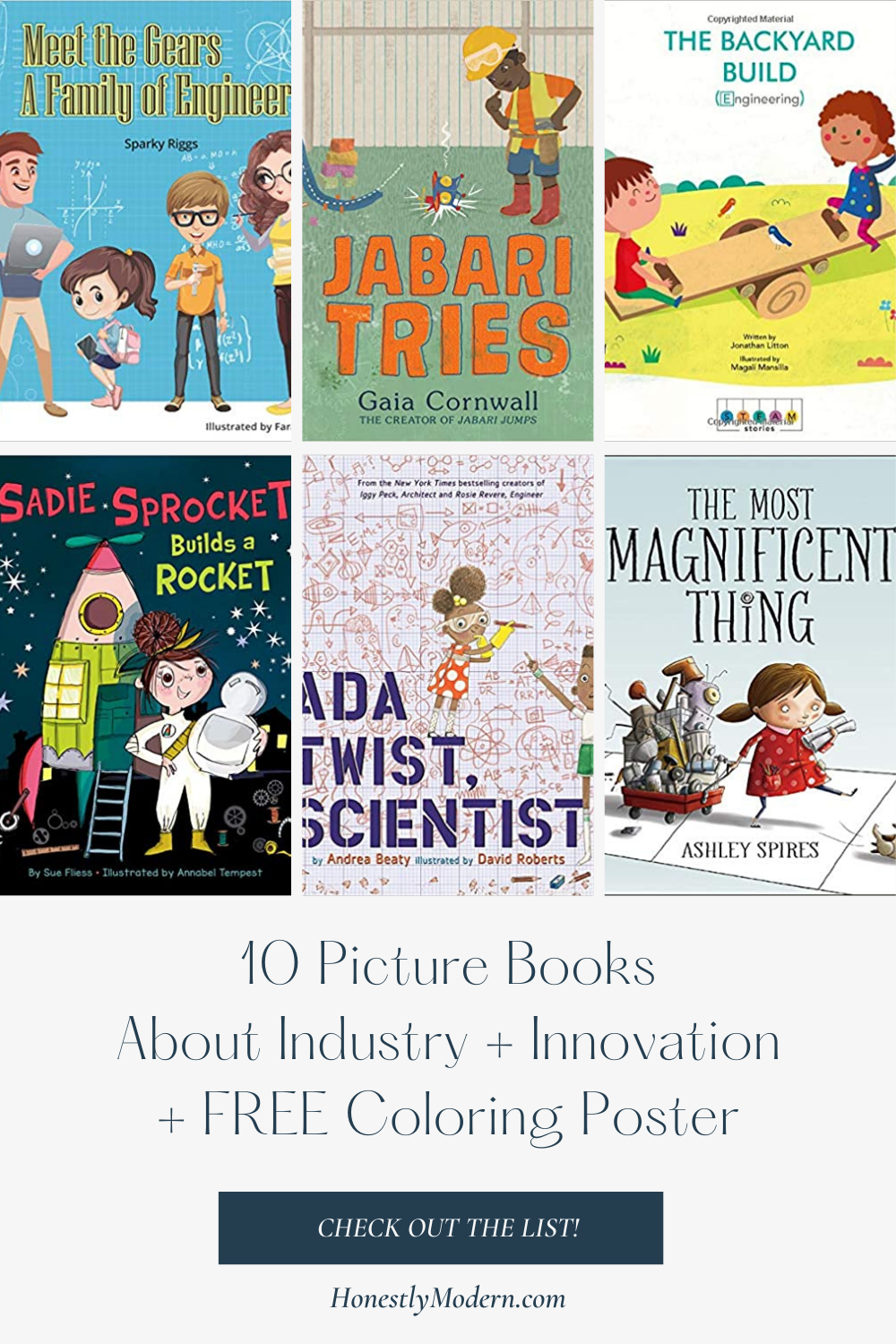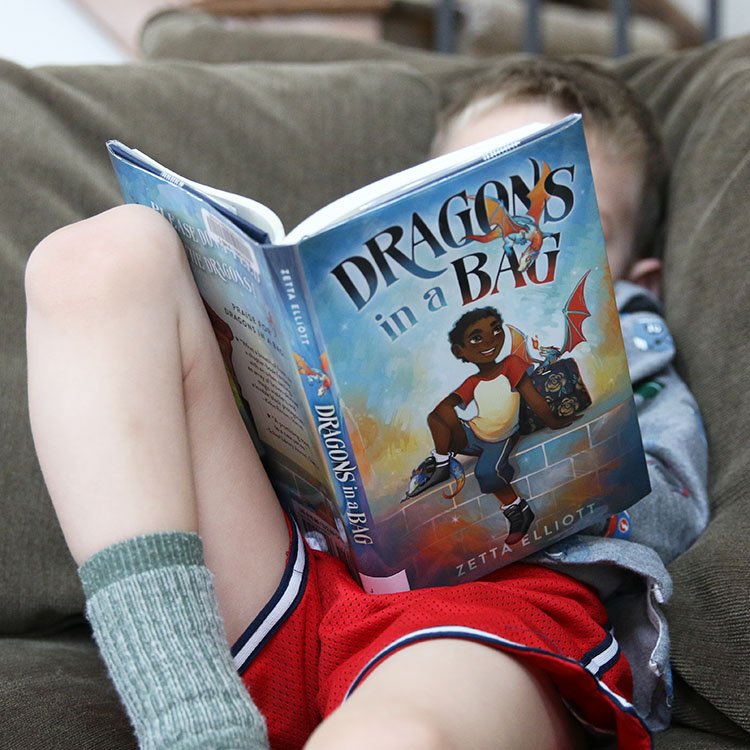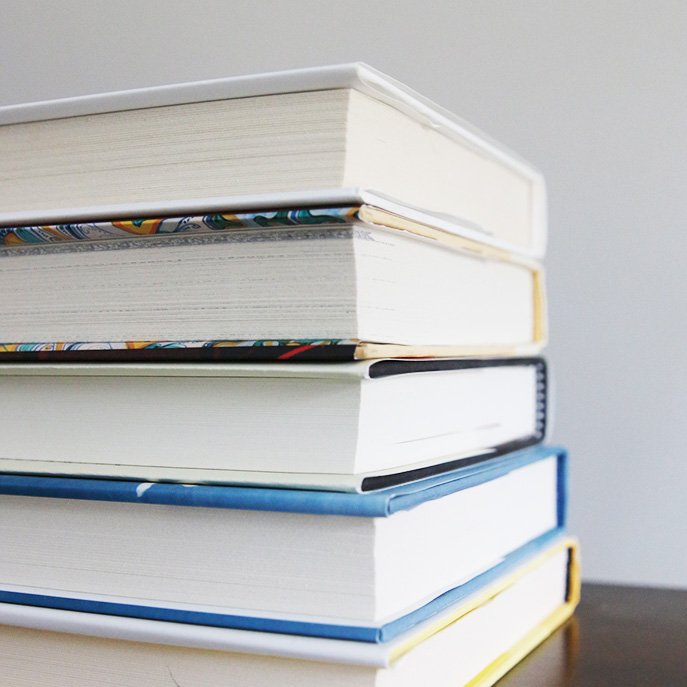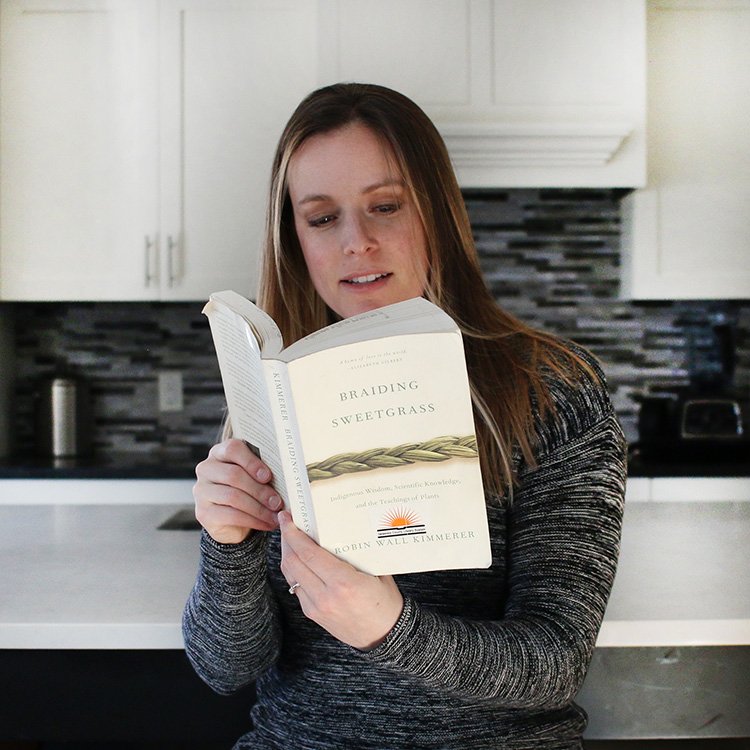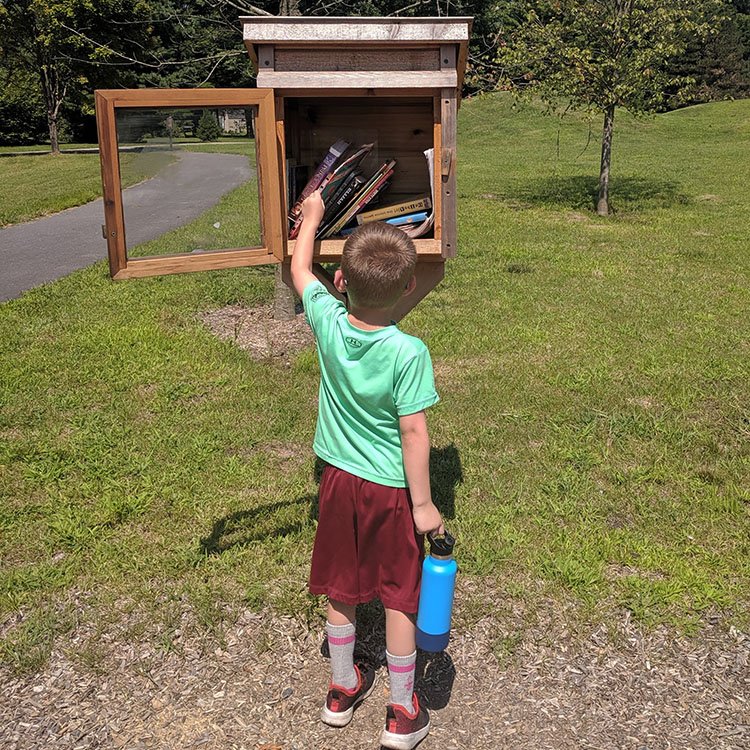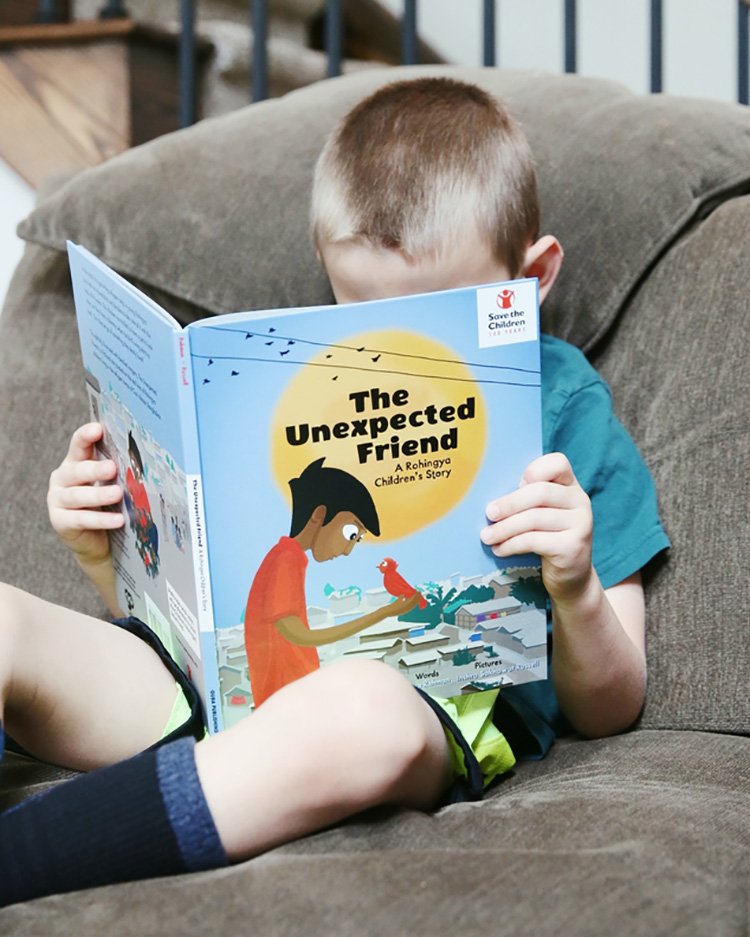Eco Book Review of To Dye For: How Toxic Fashion is Making Us Sick – and How We Can Fight Back by Alden Wicker
Looking to learn more about toxic chemicals in our clothing and the global fashion complex? Check out this book review of To Dye For: How Toxic Fashion is Making Us Sick – and How We Can Fight Back to see if it might be the right resource to take a deeper dive into the dyes and chemicals of fashion.
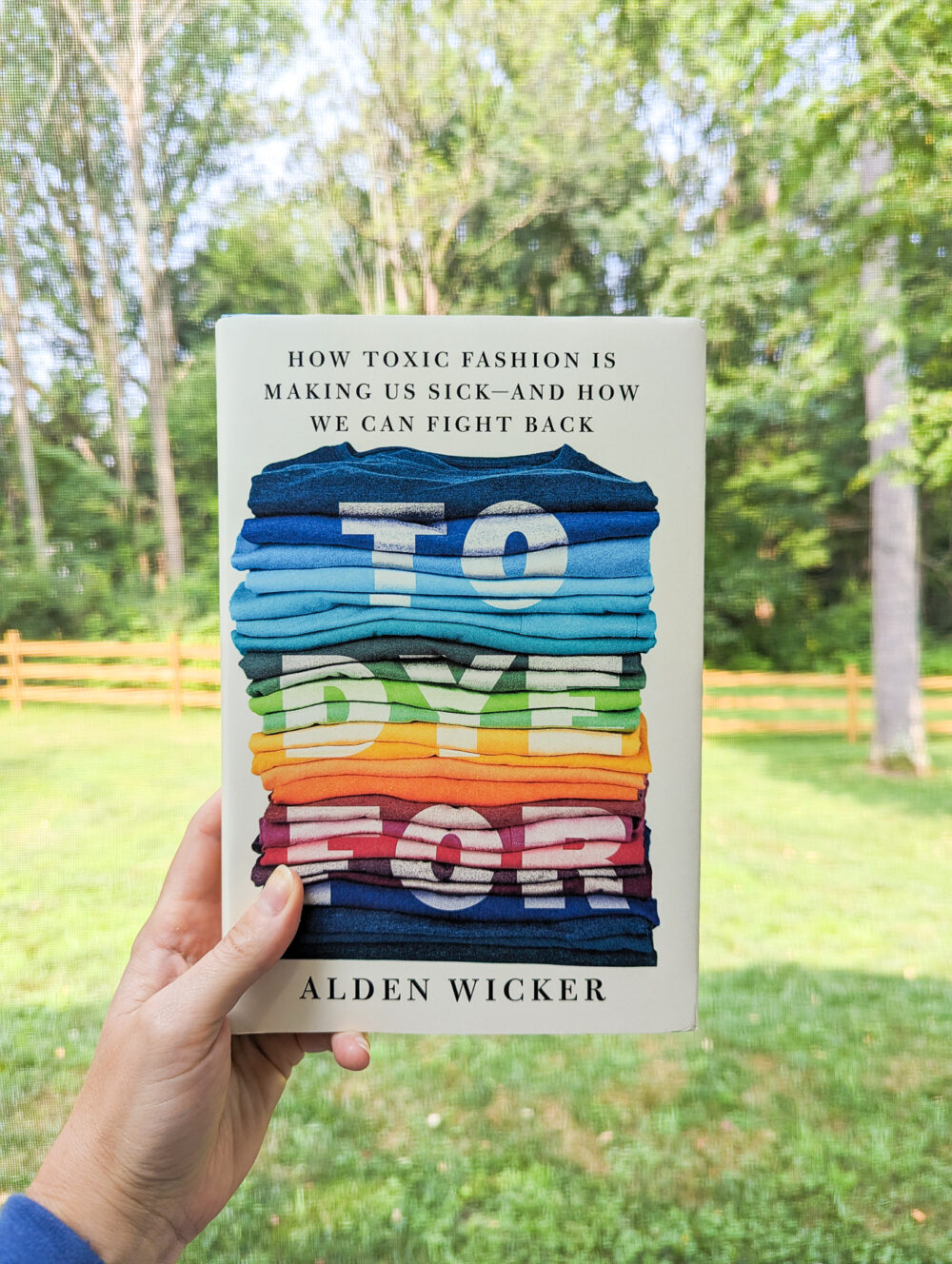
This post contains affiliate links.
PFAS. PFOS. PFOA. Phthalates. BPA. NPE. DMF. The list goes on.
They’re “forever”. They’re everywhere. They’re persistent. They’re pervasive. They’re endocrine disruptors. They’re toxic. They’re carcinogenic. And I can barely pronounce any of them.
For years, I’ve been hearing increasingly more about all the toxic chemicals in our food, cleaning products, beauty products, water, air, soil, clothing, bodies, blood, and even placentas. But I’ve been at a bit of a loss to make sense of it all. You definitely need a serious chemistry degree to make heads or tails of all the acronyms, chemical combinations, and side effects on all living things of these myriad toxins.
Furthermore, it’s overwhelming to think about how to respond to this information, if I could even begin to distill it down to something meaningful. I’ve known it’s all terrible but never been sure about how to take action to make it better (personally or collectively).
Being an eco-advocate is a joy ride swimming upstream against the status quo of consumption and waste, and taking on the opaque world of chemicals and toxins in our lives feels like yet another important but challenging layer of mainstream society to contend with.
Eco Book Review of To Dye For
This book, To Dye For: How Toxic Fashion is Making Us Sick – and How We Can Fight Back by Alden Wicker, is a great foundation to begin to understand what all of this means, why it’s a problem, and what we might be able to do to protect ourselves from the deluge of chemicals hiding in literally everything. If you’re already deep into the conversation as it relates to all of these toxins in our cleaning and beauty products, this book will add depth and breadth to your knowledge and experience.
Wicker examines the toxicity and impacts of a host of chemicals, specifically through the lens of what is on our clothing – dyes, processing chemicals, performance-enhancing treatments, etc… Although this is just a fraction of the chemicals we encounter in our day-to-day lives, the book helped me navigate the different types of chemicals we might consider avoiding, what they’re called, which ones are most harmful, and who might be in charge of helping to systematically make our world safer from these toxic chemicals.
Because there are so many chemicals (tens of thousands or more) and the information about them is often considered proprietary (and thus secret), it’s really hard to nail down through scientific research exactly how much and what types of harm are consistently showing up in our bodies, our communities, and the ecosystems in which we live. But the anecdotal evidence she discusses is compelling.
More telling for me, as I read the book, I had so many “aha” moments where I thought about people in my own life who had various endocrine issues, immune system complications and autoimmune diseases, respiratory diseases, and skin complications. Could these chemicals in their clothes (and also their food, water, etc…) be the connection that explains their headaches, eczema, infertility, gut issues, and more?
All this stuff seems so much more prevalent than when I was younger. While we can’t isolate certain chemicals and tie them to specific negative outcomes, our gut instinct that “something is drastically wrong” is probably right. To me, it intuitively makes sense, even if the scientists haven’t proven it yet with double-blind, peer-reviewed studies.
As we continue to seek out information to help us better understand how to create safer homes and a healthier planet, I think this book is a really useful resource to connect the dots of some of the more complicated chemical considerations we need to understand (and least in layman’s terms) to be environmental and clean living advocates.
Not only do the toxic chemicals have significant harmful impacts on our ecosystems, but they also harm our own bodies directly. Next time someone tells me they need to place an order for a Shein haul to get some new clothes for vacation, I can skip the guilt trip about trashing the planet with all that waste and go straight to the part about the likelihood that those clothes are dripping in highly toxic chemicals they might not want to breathe in and rub against their skin all day. It certainly makes investing in fewer but higher-quality clothes more personally compelling.
I highly recommend checking out this book and reading it for yourself. It’s not a quick fix of to-do items to clean out your wardrobe overnight. Instead, Wicker takes a deep dive through the dark and dyed avenues of toxic fashion. In the end, she offers both individual and systematic solutions we can consider, most that will take an investment of time and resources, but are incredibly necessary, to unravel the global mess of cheap textiles we weave and wrap around our bodies each day.
A Note on Buying and Borrowing Books
We include affiliate links to books we recommend. If you purchase through one of these links, Honestly Modern earns a very small commission that has no impact on your purchase price.
If you can find the books from your local library, from a friend, at an independent bookstore, or through a used book shop, those sources are ideal. Using the library is zero waste, saves money, and saves space in your home because you can read all the books without storing all the books on your bookshelves. If you’re not sure of the best way to use your local library, check out these tips to make the most of your local library. With a little exposure, your kids will learn to LOVE the library!
If you prefer to listen to audiobooks, we recommend using Libro.fm, our favorite audiobook app. We’ve tried several audiobook apps and love that Libro.fm supports independent bookstores and offers a great user experience.

Jen Panaro
Jen Panaro, founder and editor-in-chief of Honestly Modern, is a self-proclaimed composting nerd and advocate for sustainable living for modern families. To find her latest work, subscribe to her newsletter, Stepping Stones.
In her spare time, she’s a serial library book borrower, a messy gardener, and a mom of two boys who spends a lot of time in hockey rinks and on baseball fields.
You can find more of her work at Raising Global Kidizens, an online space to help parents and caregivers raise the next generation of responsible global citizens.

